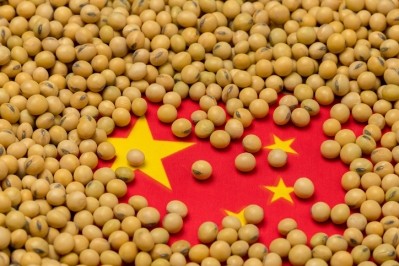China likely to continue to buy from alternative origin markets to meet feed grain needs

“The conflict in Ukraine has temporarily, at least, frozen 6m metric tons (mt) of wheat and 15m mt of corn export capacity in that country as the ports are closed.
“We are also concerned about incipient dryness in the US; overall, there is a lot of price risk for grain and oilseed commodities, in fact it is the highest in recent memory,” said Michael Magdovitz, senior commodity analyst at Rabobank in a podcast recording.
Amid limited grain and oilseeds sales and export potential from Brazil, Argentina and the Black sea, US demand and prices on CBOT are rising to multi-year highs, he said.
“Capacity is insufficient to satisfy global demand and it seems that commodity prices are rising to such a level as to detract buyers,” added Magdovitz.
China's feed demand
The analyst, taking note of the current high-price environment, asked what it might mean for China's feed demand, while highlighting that animal protein producer margins have shrunk dramatically in that market.
Lief Chiang, the bank’s grains and oilseeds specialist in China, said he believes that soybean meal (SBM) inclusion levels will be reduced in Chinese feed rations as well as the quantity of soybeans the country imports this marketing year.
Indeed, the USDA, in its February WASDE outlook, in relation to global 2021/22 soybean supply and demand forecasts, lowered soybean crush and imports for China by 3 million tons to 94 and 97 million, respectively.
Demand from China for feed grains such as corn and wheat is likely to be strong, though, even in this exceptionally low supplied market, said Chiang.
China is traditionally a major importer of Ukrainian corn and barley. It may now seek out such feed grains from alternative origin markets to where it typically sourced from previously, he reported.
China still needs large quantities of feed grains this year, he said. The Asian country may buy additional corn from the US and, potentially, barley from France in the absence of supply from Ukraine.
It may even buy feed wheat from Russia. “It really depends on the price,” said the analyst.
No letup in high commodity prices for a while
Meanwhile, any chance for a break in high grain and oilseed prices is not going to come, realistically, before a successful harvest for Safrinha corn in Brazil, which is sown in January to March and harvested May to September, or before robust US and Northern Hemisphere grains and oilseeds harvests in autumn this year, stressed Magdovitz.








